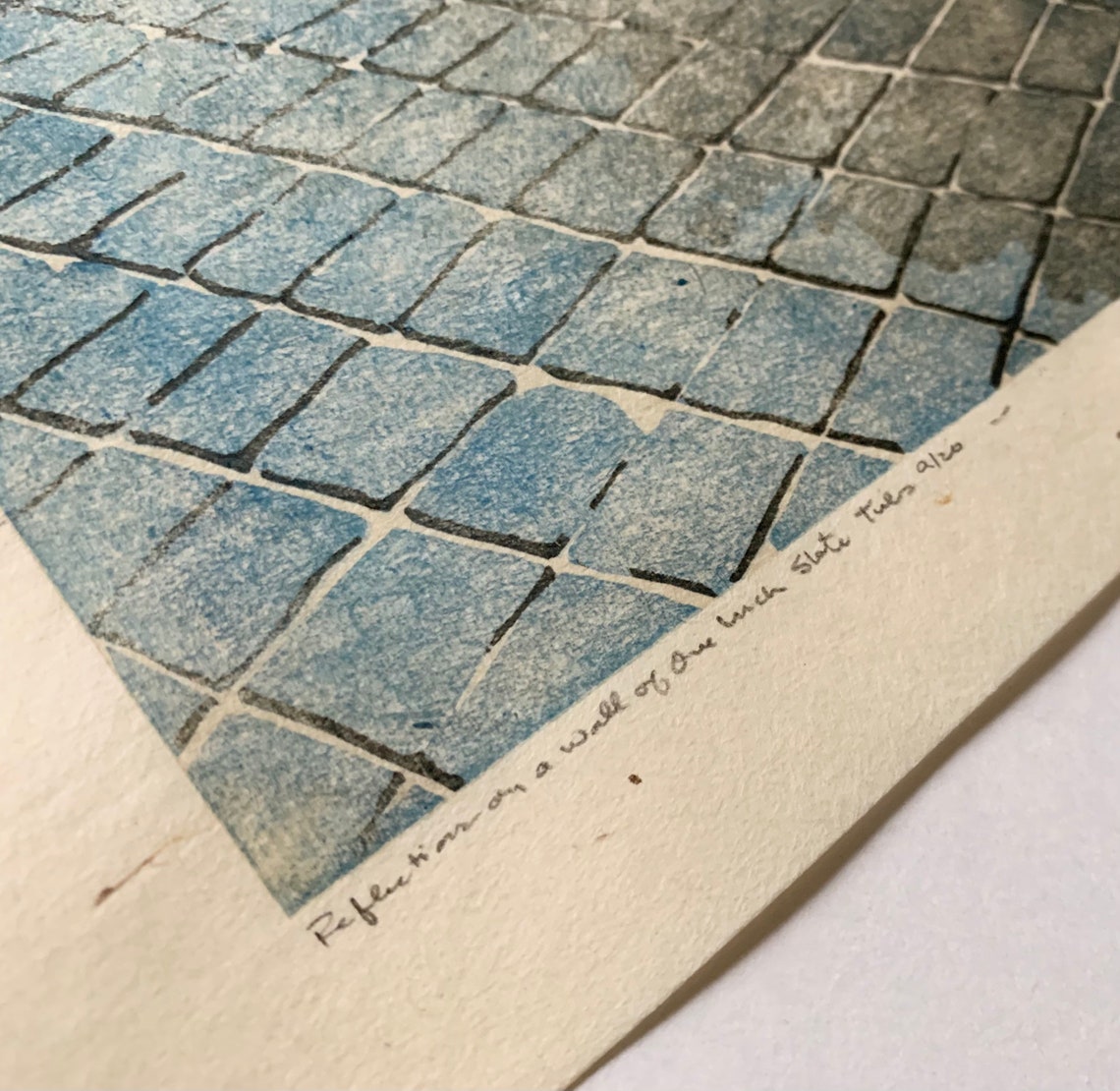

It is more related to things like the use of non-toxic materials(since the ink is water-based not petroleum based), the fact that it can be done without a printing press, though this has been true of all my other prints as well, that it has a registration system that most likely is better than the one I've used in the past, and perhaps most of all it is capable of a rich color, a color that actually is absorbed into the paper, rather than lying on top of it. That is no longer the case but it was my first reaction to them. Though I've always liked those prints I suspect I first liked them more for their influence on the art of people like Edgar Degas than for any other reason. Most people will probably be familiar with it through ukiyo-e prints, such as those by Utamaro, Hokusai, Hiroshige et al. As best I can tell the term itself just refers to Japanese woodblock or woodblock printmaking. I've debated trying Moku Hanga printmaking. No cancellations after May 4, 2022.Nashville Warbler on Bean Trellis in Winter. RegistrationĬancellation has a $25 processing fee. Registration opens to non-members beginning on April 24. Registration open to CSP members only through April 23. The above fee includes $30 for materials supplied by the workshop instructor. Workshop Fee: $250 CSP members $285 non-members For more information please visit Registration Her book on the history and contemporary use of mokuhanga, Japanese Woodblock Print Workshop was released by Watson-Guptill in 2015.

Her work has been exhibited internationally and published in journals including Science, Printmaking Today, and Contemporary Impressions. Vollmer is Communications Attaché for the triennial International Mokuhanga Conference. and internationally, actively promoting cultural exchange through printmaking. She has specialized in mokuhanga, Japanese woodcut, since she visited Japan with the Nagasawa Art Park Program in 2004. We will discuss options for purchasing additional tools and paper during class.Īpril Vollmer is a New York artist, author and educator with an MFA from Hunter College, New York.
MOKU HANGA JAPANESE WOODBLOCK PLUS
While printmaking experience is helpful, no specific prerequisites are required.Įach participant should bring a simple drawing on tracing paper, approximately 7 x 9 inches, a hard pencil, along with additional tracing paper, tape, plus any woodcut tools or barens they might already have.

Please note: there is no need for participants to purchase any additional tools or materials. 5–6 sheets of appropriate paper for each participant’s edition.One 8 x 10 inch wood block (both sides will be used) for each participant.The workshop fee includes the following materials: The final hour will be reserved for discussion and sharing learning experiences. The second day each artist will print a small, two color edition. The first day we will cover image transfer, registration, cutting and proofing. Location: Printmakers at the Tannery Art Center studio, Santa Cruz, Californiaĭescription: Introduction to Mokuhanga is a two day class that will cover the basics of this traditional Japanese, water-based technique through the creation of an original print. Workshop Title: Introduction to Mokuhanga


 0 kommentar(er)
0 kommentar(er)
